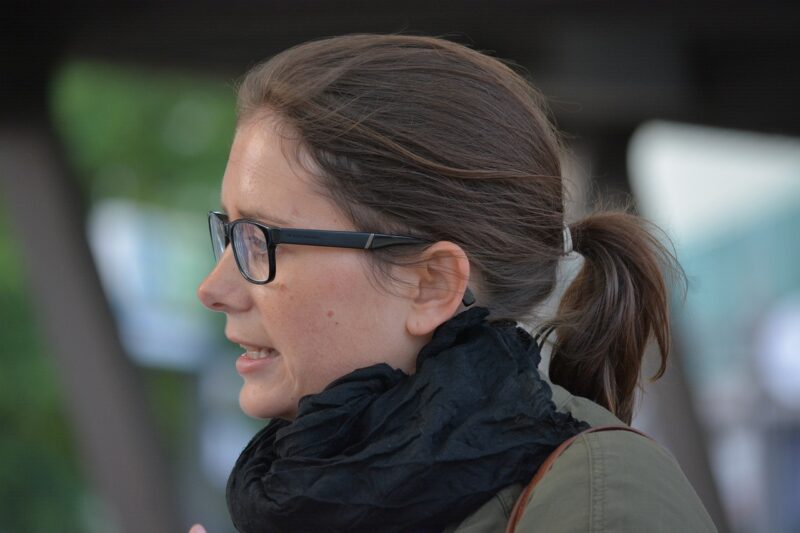
In recent years, the film industry has witnessed a significant transformation, particularly in the realm of directing. Once dominated by male filmmakers, Hollywood and global cinema are now increasingly embracing female directors, whose stories bring fresh perspectives and Innovative storytelling techniques. This piece aims to explore the rise of women directors, the challenges they face, the impact of their contributions, and what the future holds.
1. The Historical Context of Women Directors
Traditionally, the role of the director came with considerable gender biases. While women like Alice Guy-Blaché, who directed her first film in 1896, launched careers of female filmmakers, the systemic challenges and commercial pressures often sidelined them. Throughout the 20th century, notable female directors such as Doris Wishman and Leni Riefenstahl broke through in various capacities, yet their recognition was far lower compared to their male counterparts.
In the film industry, women’s contributions have often been relegated to behind-the-scenes roles in production or screenwriting, with even notable actresses finding it challenging to transition into directorship.
However, the past decade has shown a marked shift.
2. The Surge of Female Filmmakers in the 21st Century
Today, women are increasingly stepping into the director’s chair and making their voices heard. Films directed by women gained critical acclaim at prestigious awards ceremonies. Noteworthy examples include:
- Ava DuVernay: The first African-American woman to direct a film with a $100 million budget (“A Wrinkle in Time”) and the critically acclaimed documentary “13th.”
- Greta Gerwig: Known for her Oscar-nominated films “Lady Bird” and “Little Women,” Gerwig has redefined coming-of-age narratives and classic adaptations from a female perspective.
- Chloé Zhao: The director of “Nomadland,” which won multiple Oscars, including Best Director, marking a historic achievement for women of color in cinema.
With their unique narratives and human experiences, female directors are reshaping filmmaking as a medium of expression. More and more films addressing socially relevant themes such as gender inequality, race, and personal identity are being created by women, aiming to break stereotypes and offer authentic stories that resonate with diverse audiences.
3. Challenges Faced by Women Directors
Despite the increasing presence of female directors, several challenges persist.
- Access to Resources: Women often face obstacles in securing funding and resources to bring their vision to life, as studies have shown that female-led projects receive significantly less financing than male-led ones.
- Stereotypes and Bias: Women directors may encounter stereotypes that question their capabilities, leading to doubts during the pitching process, casting, and production phases.
- Balancing Personal Lives: The demands of filmmaking can be exhaustive, and women directors often juggle household responsibilities alongside their professional ambitions, creating an additional barrier to achieving their desired level of success.
Addressing and overcoming these difficulties is paramount to leveling the playing field and further boosting the ranks of female directors. Moreover, progress will require the commitment of industry players, including studios, producers, and investors, to be advocates for female talent in directing.
4. The Impact of Female Directors on Cinema
Female directors have brought a different approach to storytelling that can challenge and enrich the cinematic experience. Their presence in the industry has also affected audience perceptions:
- Varied Narratives: Women directors tend to focus on a broader range of themes, often centering around female empowerment, mental health, and issues of identity, which contribute to diverse storytelling.
- Increased Representation: With more films reflecting women’s experiences and perspectives, audiences have noted the importance of seeing diversity both on screen and behind the camera. This enhances empathy and understanding across cultures and experiences.
- Setting Trends: Female directors are pioneering innovative filmmaking techniques and narratives, from exploring unconventional formats to tackling subject matter that has been historically overlooked in mainstream cinema.
The impact of female directors transcends mere box office success; they are shaping the landscape of modern cinema and inspiring the next generation of filmmakers.
5. The Future of Women in Film
The future looks promising for women in the film industry, especially with the growing support for gender equality initiatives. The following trends may shape the landscape of female directors in the years ahead:
- Increased Mentorship: More established female directors are stepping up to mentor emerging talent, fostering a supportive community that encourages creativity and confidence in direction.
- Feminist Movements & Advocacy Groups: Advocacy organizations are mobilizing efforts to promote women in directing by providing scholarships, funding, and networking opportunities that aim to empower female voices in the film industry.
- Changing Perceptions in Filmmaking: The film industry is gradually acknowledging the importance of inclusive storytelling, which will drive producers and studio executives to invest in female-led projects and broaden the scope of who gets to tell cinematic tales.
In this transformative climate, women directors are increasingly finding support, recognition, and a platform to share their unique experiences, paving the way for an even more diverse and dynamic film industry.
Conclusion
The rise of female directors in Hollywood and beyond reflects an essential change in the narrative of the film industry. As they continue to break barriers, challenge stereotypes, and reshape storytelling, female directors are not only enriching cinema but also empowering audiences globally. With ongoing support, advocacy, and a commitment to diversity, the film industry is well-positioned to fully embrace the talents and stories of women behind the camera.
As we look to the future, charting a course with equity in mind could yield more remarkable stories that resonate across cultures and make an indelible impact on society. The time to champion female directors is now, leading the charge for a more inclusive future in film.







